The History of Spa and Spa Treatments The extent of the Roman bath is revealed at ruins and in archaeological excavations in Europe, Africa, and the Middle East. Some of the earliest descriptions of western bathing or spa practices came from ancient Greece. The Greeks began bathing regimens that formed the foundation for modern spa procedures. The earliest such findings are the baths in the palace complex at Knossos, Crete, and the luxurious alabaster bathtubs excavated in Akrotiri, Santorini; both date from the mid-2nd millennium BC. They established public baths and showers within their gymnasium complexes for relaxation and personal hygiene. Greek mythology specified that certain natural springs or tidal pools were blessed by the gods to cure disease. Around these sacred pools, Greeks established bathing facilities for those desiring to heal. The Spartans even developed a primitive vapor bath. The History of Spa and Spa Treatments The Romans emulated many of the Greeks bathing practices, although Romans surpassed the Greeks in the size of their baths. As in Greece, bathing played a major part in ancient Roman culture and society. Bathing was one of the most common daily activities and was practiced across a wide variety of social classes. After a morning’s work, most Romans enjoyed spending the afternoon at the thermae or public bath. They were a social meeting place. Men and women enjoyed coming to the baths not only to get clean but to meet with friends, exercise, or read at the library. The baths had hot and cold pools, towels, steam rooms, saunas, hair cutting salons, reading rooms, libraries, lecture halls, gymnasiums, and even formal gardens. In addition, the Romans used the hot thermal waters to relieve their suffering from rheumatism, arthritis, and overindulgence in food and drink. Most Roman cities had at least one Thermae. In 354 AD, Rome alone was documented to have 952 baths of varying sizes in the city. The Romans raised bathing to a high art, which included a far more complex ritual than a simple immersion or sweating procedure. The various parts of the bathing ritual (undressing, bathing, sweating, receiving a massage with oils, and resting), required separated rooms which the Romans built to accommodate those functions. They built lavish baths on natural hot springs and the construction of aqueducts provided water that was later heated for use in the baths. In many ways, thermae resembled modern-day spas. Thanks for watching. Please Click the Subscribe Button, Like, Comment, and Share. Credit By: http://www.spaweek.co.uk Previous video: Spa Massage Video | Spa Day for Two at Bannatyne’s Health Club:) Multiple Locations | Customer Revis https://www.youtube.com/watch?v=BgY4BnAZe64 Spa Is Just for Kids | The Kids Spa | A Cosmic Kids Yoga Adventure! Kids Physical Exercise https://www.youtube.com/watch?v=txq7JNeHL1o Social Media Network: Follow me on Facebook: https://www.facebook.com/profile.php?id=100022503230229 Follow me on Google +: https://plus.google.com/u/0/b/113500753010295426687/113500753010295426687 Follow me on Stumbleupon: https://www.stumbleupon.com/stumbler/spamassagevideo Follow me on Twitter: https://twitter.com/spamassagevideo Follow me on Tumblr: https://www.tumblr.com/blog/spamassagevideo Please Subscribe The Channel: https://www.youtube.com/channel/UCP95HGkbCpYFb1LPe9IDQBw?sub_confirmation=1 Keywords: spa massage video, bliss day spa, spa near me, oasis day spa, serenity day spa, spa packages near me, lotus day spa, body wrap spa, full service spa, sensibilities day spa, local spa days, detox spa retreats, hand and stone spa, spa sensations, spa music for sleeping,
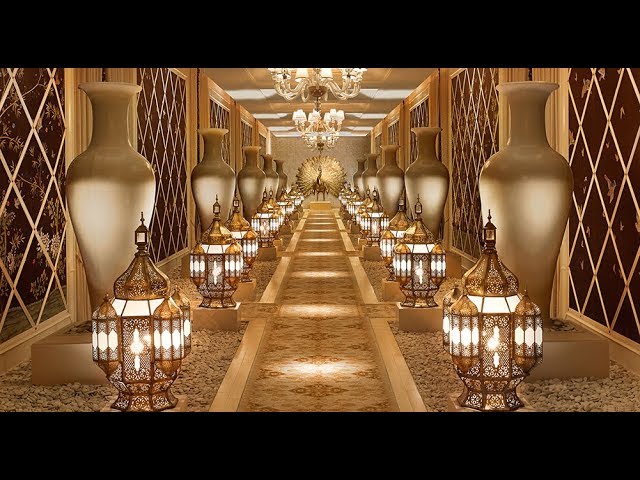
Spa History Video – 1
- Post author:
- Post published:May 12, 2021
- Post comments:0 Comments
You Might Also Like

L-Ornithine | C5H12N2O2 | 3D molecule

Tuberculosis (TB) symptoms animation

Graveyard Shift – Blood pools

The Biceps Workout “Master Tip” (FASTER GAINS!)

Rowing Video – 1

Surgery Video – 1

What does high bilirubin levels signify in LFT? – Dr. Sharat Honnatti

Steroid Meaning Explained

Overview of oxidative fuel metabolism

Take B Vitamins and Have Acne? Then You Must Watch This Video!

Human Body, Body Building Muscle Building Anatomy Physiology Video – 1
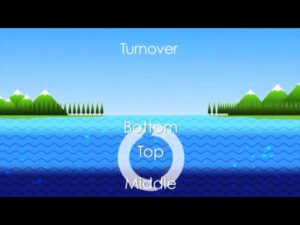
What is Water Circulation?

BEST MEAL PREP FOR FITNESS | CHEAP & EASY HIGH PROTEIN MEALS

How to Improve Bikram Yoga Postures : General Fitness Tips

Production of Insulin and Glucagon

Medical Video Lecture: How to diagnose thyroid diseases quickly with T3,T4, TSH, TRH
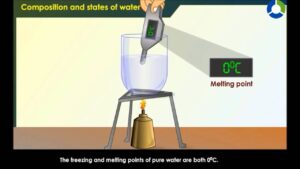
Composition and States of Water – Water (CBSE Grade : 7 Biology)

Modified Tricep Dips Demo

Workout For Beginners | Complete Beginners Guide To Gym

CIC305 Anabolic Steroid

Overweight & Obesity Video – 10

Muscle Building Workout & Squats Video – 18

10 Foods to Avoid During Breastfeeding

Foods That Reduce High Blood Pressure

Body Exercises for 4-6 months pregnant

CDC Tuberculosis (TB) Transmission and Pathogenesis Video
![Read more about the article Diet For Fat Loss and Muscle Building | Indian Bodybuilding [HINDI]](https://videos.drmaheshkumar.com/wp-content/uploads/2021/05/Diet-For-Fat-Loss-and-Muscle-Building-Indian-Bodybuilding-HINDI-300x225.jpg)
Diet For Fat Loss and Muscle Building | Indian Bodybuilding [HINDI]

Muscle Group Assessment
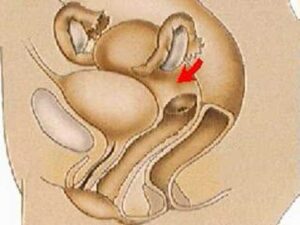
How the Body Works : Female Reproductive Organs

Basal Metabolic Rate (BMR) Explained
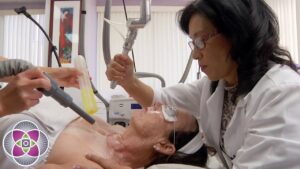
Dermatology/Skin Surgeries Video – 4

ENT Surgery Video – 3

Examples of Low-Impact Aerobic Exercises : General Fitness Tips

Half Marathon Nutrition Guide
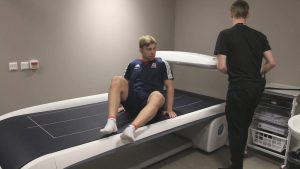
DEXA SCAN – Body fat percentage test

Testosterone & Androgenic Effects Video – 13

Quick Leg Burn – Beginner to Advanced Lower Body Workout Routine

Physiology Of Sports & Sports Medicine Video – 1

What is Fitness: Health & Skill Fitness Components PE

FAAST, Mode of Action of Omeprazole. Our first 3D video made in 2009.

Men’s Standards Of Beauty Around The World

